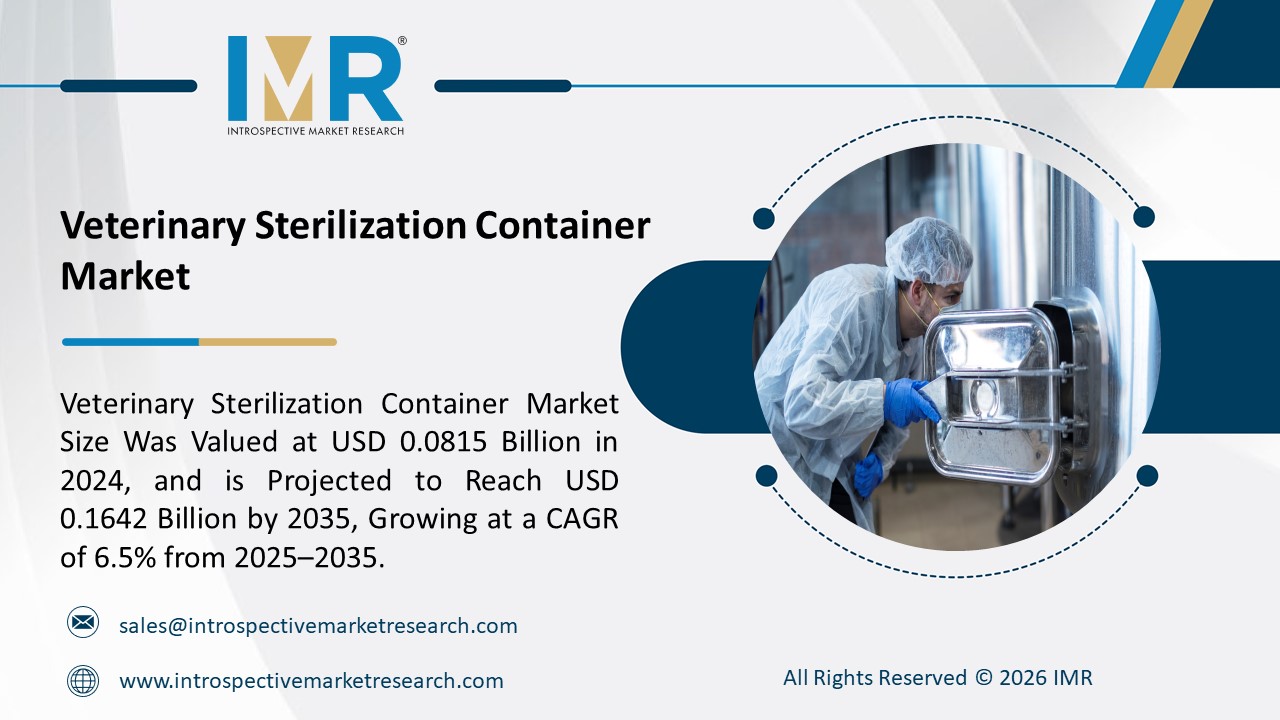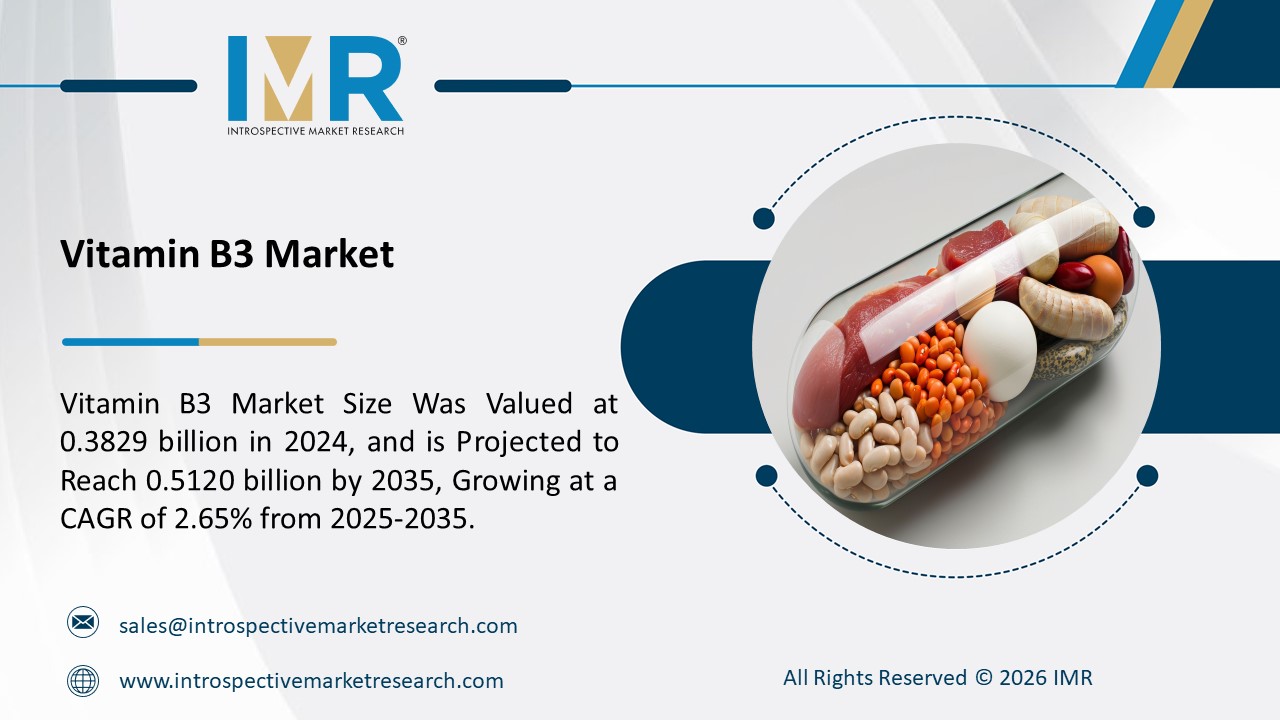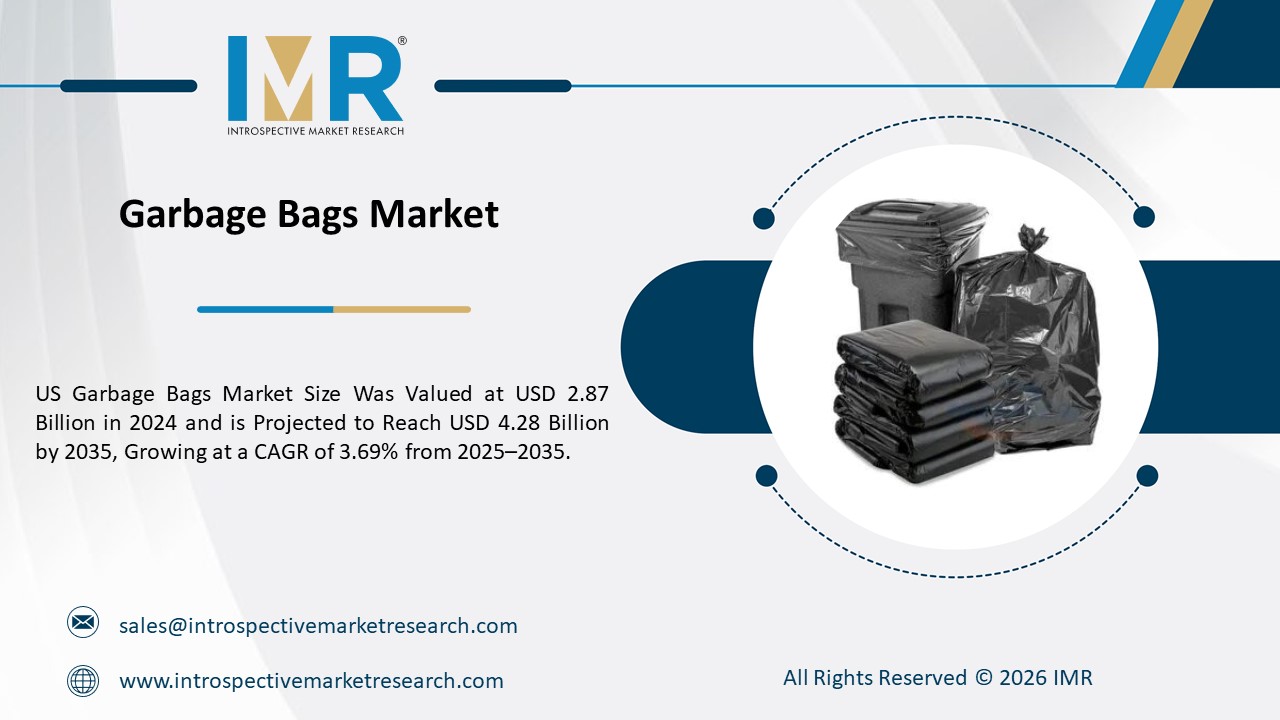Antimicrobial Textile Market Overview:
The Global Antimicrobial Textile Market size is expected to grow from USD 10.21 Billion in 2024 to USD 17.43 Billion by 2035, at a CAGR of 4.98% during the forecast period (2025-2035).
Since 1941, there has been a growing interest in improving antimicrobial properties in the textile industry. People have realized that textiles can play a role in protecting wearers against the spread of bacteria and diseases. Microbial growth on textiles during use and storage can have detrimental effects on both the wearer and the textile itself. To address this issue, durable antimicrobial finishes have been developed using broad-spectrum biocides, and biocides have been introduced into synthetic fibres during the spinning or extrusion process. Fabrics provide an ideal environment for the growth of microorganisms when they have access to nutrients, oxygen, moisture, and suitable temperatures.
Top Key Players Covered In The Antimicrobial Textile Market:
- Balavigna Mills Pvt. Ltd. (India)
- BASF SE (Germany)
- Biocote Limited (UK)
- DUPONT (US)
- Herculite (US)
- Life threads (US)
- Microban International (US)
- Milliken Chemical (US)
- NanoHorizons (US)
- Sanitized AG (Switzerland)
- Sciessent LLC (US)
- Smartfiber AG (Germany)
- Trevira GmbH (Germany)
- Unitika Ltd (Japan)
- VESTEX (US) And Other Major Players.
Market Dynamics and Factors:
- The demand for antimicrobial textiles is increasing due to the rising use of pillow coverings, curtains, and bed linens to enhance the aesthetic appeal of homes. As consumers increasingly prioritize hygiene and a healthy lifestyle, there is a growing market for antimicrobial textiles. Textile manufacturers are shifting their focus towards producing technical textiles and clothing that offer antimicrobial benefits, aiming to provide a healthy and comfortable environment for people. The market for technical textiles, including products like sutures, bandages, masks, surgical gowns, and specialized wound dressings, has experienced substantial growth due to increased demand for human protection and the implementation of strict regulations concerning health, safety, and the environment.
- Despite the abundance of antimicrobial agents in the antimicrobial textiles market, the textile industry is actively seeking environmentally friendly processes that do not involve toxic chemicals. The market players view the growing world population, improving living standards, and fast-paced fashion trends as significant opportunities, as these factors are expected to generate a wide range of demands for antimicrobial textiles. The increasing prevalence of chronic diseases and the rise in hospital-acquired infections (HAI) further emphasize the need for antimicrobial textiles.
The Antimicrobial Textile Market Report Highlight:
- By Type, the synthetic organic compounds segment is anticipated to dominate the market over the forecast period. The market is predicted to be dominated by synthetic organic compounds, which are artificially created compounds that enhance the fabric's ability to withstand various microbes that can degrade its quality.
- By Fabric, the cotton segment is anticipated to dominate the market over the forecast period. Cotton is extensively utilized in the production of various items like clothing, masks, curtains, pillow covers, and more, making it the most commonly used fabric. Its desirable qualities, such as strength and absorbency, make cotton an excellent choice.
- By Application, the medical textile segment is anticipated to dominate the market over the forecast period. There is a growing need to safeguard healthcare industry personnel from microbial infections, necessitating the provision of apparel that inhibits the growth of bacteria, viruses, and other detrimental microorganisms.
- North America region is anticipated to dominate the market over the forecast period. The expansion of the market in this region is being driven by the increasing adoption of technological advancements to promote a hygienic and healthy lifestyle. The presence of leading companies and a growing healthcare sector in this area is a significant factor fueling the market growth.
Key Industry Development:
- In May 2023, DuPont Acquired Spectrum Plastics Group from AEA Investors. Complements existing offerings for biopharma and pharma processing, medical devices and packaging, including DuPonts Liveo silicone solutions and Tyvek Medical Packaging.
Antimicrobial Textile Market Segmentation:
By Type
- Synthetic Organic Compounds
- Metal & Metallic Salts
- Bio-based
By Fabric
- Cotton
- Polyester
- Polyamide
- Wool
- Others
By Application
- Medical Textiles
- Apparels
- Home Textiles
For this report, Introspective Market Research has segmented the Antimicrobial Textile Market based on region:
Regional Outlook (Revenue in USD Million; Volume in Units, 2022-2028)
- North America
- The U.S.
- Canada
- Mexico
- Europe
- Germany
- UK
- France
- Italy
- Russia
- Spain
- Rest Of Europe
- Asia Pacific
- China
- India
- Japan
- Singapore
- Australia
- New-Zealand
- Rest of APAC
- Middle East & Africa
- Turkey
- Saudi Arabia
- Qatar
- UAE
- Israel
- South Africa
- South America
- Brazil
- Argentina
- Rest of SA





